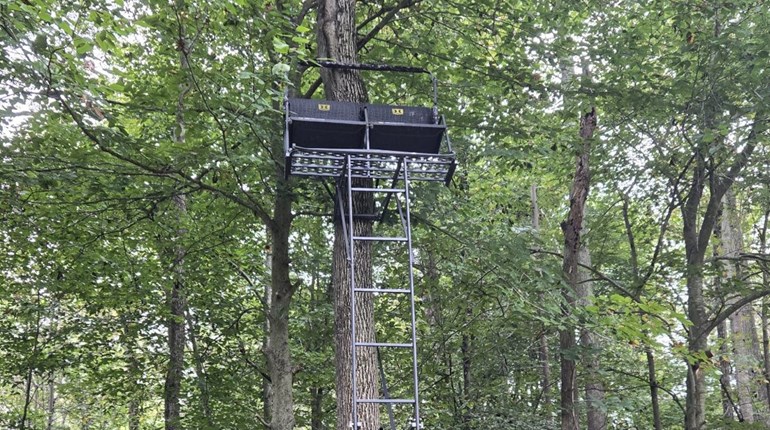
Group hunts are fun, whether it is a deer drive by a group of friends or a youth hunt for rabbits or birds. Camaraderie, shared memories and the increased possibility of a better harvest due to more participants, are just some of the reasons to participate in a group hunt. That said, safety is the most important factor in a successful hunt. After all, when you're out in Nature, sometimes you have to expect the unexpected. The best way to ensure this in a group hunt is to have a safety brief before anyone gets out in the field…and that includes experienced hunters and newbies alike. So how do you plan for a safe hunt and what information should be covered in a pre-hunt safety brief?
Choose Your Huntmaster
A huntmaster should be in charge of the hunt to run things. Generally this is either the most senior hunter on site, or the hunter most familiar with the land being hunted. The job of the huntmaster is to set up basic rules, layout of hunters, stands, blinds, safe fields of fire and so on. Let’s examine each of these items.
Maps
For hunters new to the area and even hunters familiar with a particular property being hunted, your entire group should see a map of the property displayed. Seeing is believing, and a map is the tool a huntmaster uses to ensure all participants and nearby landowners remain safe until the hunt is over.
Location and Fields of Fire
The huntmaster uses the map to determine where every hunter should be. He or she will show hunters not only where they will be hunting, but also where others are, where nearby structures are, roads, other hazards, and so on. The huntmaster should identify easily recognizable landmarks to aid hunters in getting to their location. If any doubt exists, someone familiar with the area should be assigned to escort the hunters to the location during the brief.
Once everyone knows where other hunters are and where structures or roads are located, the next step is to establish fields of fire that are safe for everyone. Considerations for safe shots, backstops or hills as well as water should be covered during the safety brief to keep everyone safe.
Stand and Blind Safety
Another aspect of the safety brief is to ensure that a discussion takes place about stand safety and ground blind or layout blind safety. The huntmaster draws heavily on his or her experience to review possible accidents that could occur. I recall vividly one such safety brief, when a local game warden showed a group of kids a picture he took as part of an investigation of a young hunter who blew off their toe while hunting in a layout blind. Their finger was on the trigger while they were trying to sit up to shoot a goose. That safety brief was one we all remembered well!
Discuss the use of safety belts and harnesses while in a treestand. Treestand accidents are a serious consideration and entirely preventable. Demand their use, or offer to allow any hunters balking at wearing them to be dismissed.
Hunt Rules
Huntmasters are also responsible for reviewing hunt rules about when and how to exit the hunting location. Some group hunts have been marred by hunters leaving their assigned spot and crossing through areas being hunted by other hunters. Maybe it is the short route to the warm truck, but is it the safe route? The huntmaster will determine how early departures from the field will be handled.
Communication
In our day and age, communication is key. There is really no excuse for not communicating given that nearly everyone has a cell phone which can be put on vibrate and texts can be sent to alert others of changes in the hunt. Everyone on the hunt should exchange cell numbers. And before moving, wait for verification that the other parties received your texts! In the event that cell phone coverage is not adequate, the huntmaster might elect to have everyone use FRS two way radios on a select channel.
Going over the rules of firearms safety should be a MUST in any safety brief. Leaving to go afield with those rules fresh in your mind will ward off potential accidents. We all get forgetful and a little reminder is never a bad thing.
Finally, others that are in the hunt group should speak up if they think of something that should be mentioned. A good huntmaster will welcome some backup to avoid accidents.
Last but not least, if your group hunt involves new hunters, a new property, or youth, consider having a post hunt debrief to review what could be improved and what definitely went well. Having a post-hunt debrief will allow hunters to appreciate the planning that kept them safe, and possibly help improve future hunts too!







































